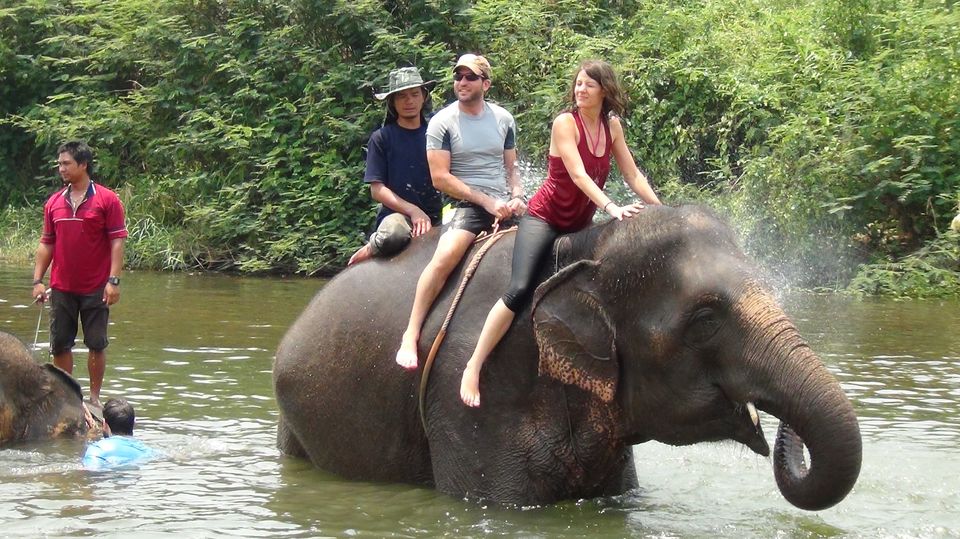
The Indian subcontinent brags of allocation as the natural habitat of a large and varied wildlife. We can discover the sum of most magnificent and also the rarest wildlife species of the world in the nation. The magnificence and assortment we find in the wildernesses of India is difficult to be expressed in words. Be that as it may, the previous couple of decades have seen the voracity and carelessness of human beings to the drawback of this rich wildlife. Enormous scale poaching habitat destruction and struggle with people have brought about a quick decrease in the number of inhabitants in a large portion of the wild animals and birds.
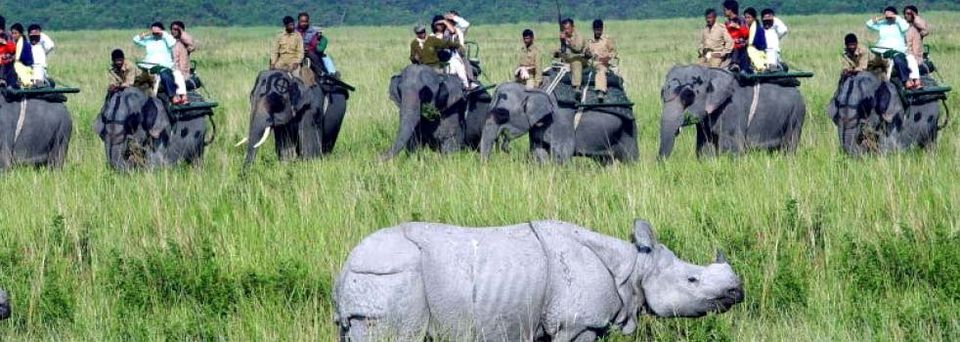
Protection of Indian wildlife was not given the essential significance for quite a while. Be that as it may, the government and in addition the general population gradually and step by step comprehended their duty in this fitting together. Today, endeavors are being made towards wildlife conservation in India, to save this natural wealth. Various wildlife preservation ventures have been embraced in India, both at the government and additionally the individual level, to secure the rich natural places to wildlife of the subcontinent.

Threats to Wildlife
The major threats being faced by the wildlife in India are:
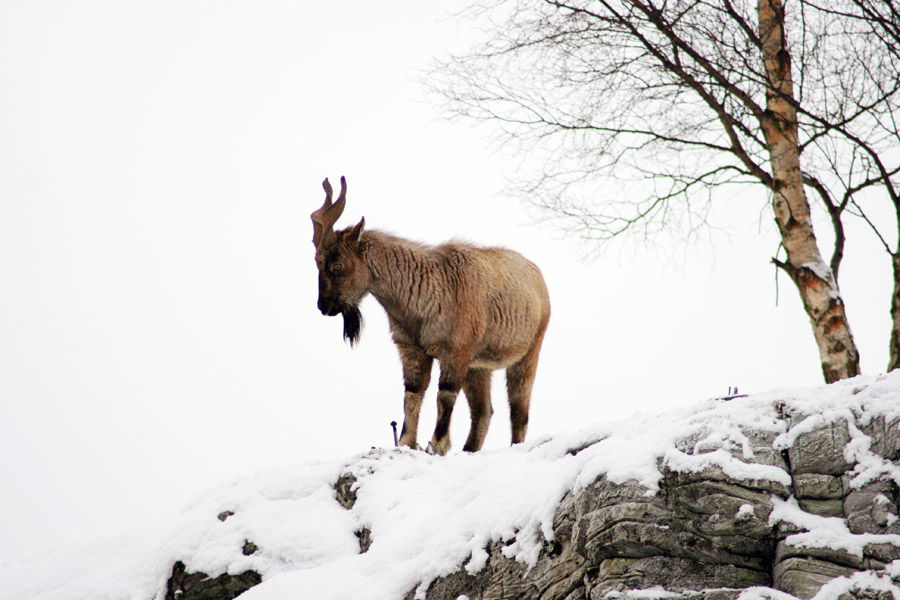
Wildlife in the Himalayas
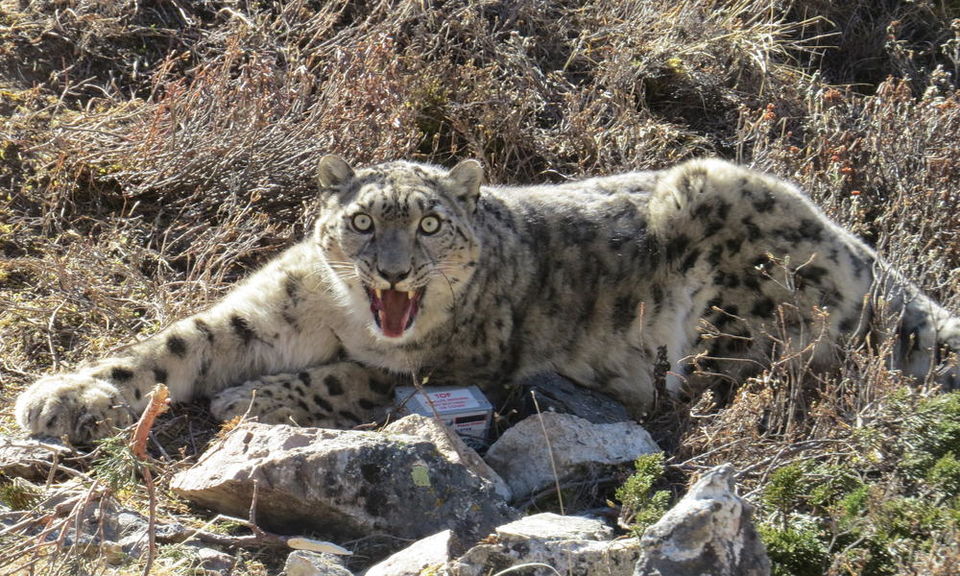
The issue of congestion is one of the significant explanations behind the draining populace of wild animals in India. The wildlife sanctuaries of India have gotten to be overcrowded and their ability has diminished to an important extent.
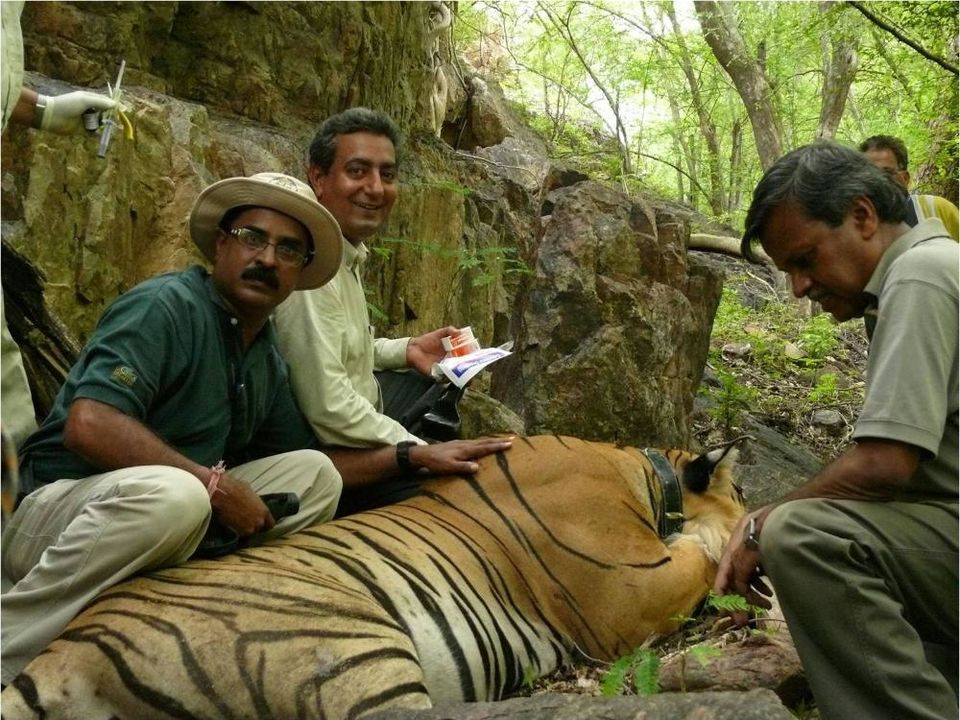
Tourism in the national parks of the nation is expanding step by step. One reason for this is an ascent in the attractiveness of Eco-tourism and adventure tourism. This has prompted a development in vehicle contamination and wildlife street fatalities, aside from prompting a harm of the common natural habitat of birds and animals.

With the expansion in tourism, the parks have seen an expansion in out of control fires too. Pure pit fires began by guests have, as a general rule, prompted threatening fierce blazes. These fires only kill animals, but also do away with their natural habitat.
The natural life of beach front territories is always exasperates by individual watercraft's, similar to fly skis or wave runners. These individual watercraft's enter shallow waters and oust settling flying creatures from their roosts. Such exercises are irritating the mating pattern of animals and birds

Discharging of chemicals and other poisonous effluents into the water bodies has prompted harming of the water. The animals and birds drinking such water confront a lethal risk. Indeed, even the number of inhabitants in fish, living in such water bodies, is declining at a quick pace.

The atmosphere changes occurring on the planet today are influencing people, as well as the wildlife. The characteristic natural habitat and in addition movement examples of animals and birds is experiencing disturb patterns.

Last yet not the minimum, the danger of poaching have been frequenting the wildlife of India since ages. Indeed, even after the foundation of wildlife sanctuaries and national parks, the risk of poaching has not been completely dispensed with.

Indian government initiated the 'Undertaking Tiger' in 1973-74, with the goal of controlling and additionally increasing the declining populace of tigers. Under the task, nine wildlife asylums were assumed control and formed into tiger reserves. These reserves were created as careful reproductions of the changed territories of the nation, with their center region being free of any human development. With time, the quantity of havens under the ambit of 'Project Tiger' was expanded and by 2003, it had been expanded to 27. Alongside giving a characteristic territory to the tiger, these reserves offer them assurance against poaching too. The outcomes are for all to see. In the wake of undertaking the venture, the number of inhabitants in tigers in India has risen significantly.
Project Tiger

The ebb and flow WCS program in India was begun in 1986, as a solitary tiger research project at Nagarhole National Park. From a single project, WCS has formed into a thorough arrangement of exercises identified with wildlife. The exercises attempted under the adage of WCS incorporate investigative examination, national capacity building, approach intercessions, site-based preservation and growing new models of wildlife conservation.

The above content / information is provided by Swan Tours . For more information on wildlife and luxury resorts near the wildlife sanctuaries visit Swantour.com. Swan Tours is one of the Leading Travel agents in India offering Various Tour & Travel Packages on competitive prices. Explore India holiday packages and Wildlife tour package’s in India with Swan Tours , Delhi .India


